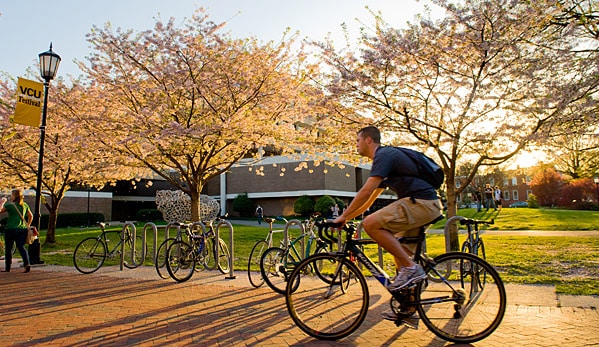
It may be hard to believe but the modern bicycle is about to become 200-year-old technology. Far from archaic, bike riding remains as popular, if not more so, than ever before. Cycling can be functional, fun, or both. Better yet it can help in a number of other ways:
Physical wellbeing
The health benefits of weekly bicycle riding have been noted by medical experts for decades. The cardiovascular activity involved burns calories swiftly while building and toning the muscles of the legs, thighs, and behind. The heart-intensive demands of cycling reduces risk of coronary heart disease later in life. Furthermore regularly bike riding is associated with a longer lifespan. Coupled with the fact that joint aches and pains associated with most forms of exercise are practically non-existent when riding a bicycle, it’s an activity which can be enjoyed for decades.
Cost
Bicycle riding is a relatively inexpensive activity to maintain. A good used bicycle for beginners can usually be found for around $150-400, depending on quality and craftsmanship of the design. Annual maintenance costs run around the same. Cycling jerseys, helmets, and other gear necessary for comfort and safety are also reasonably priced. Compare these costs to those of bowling, for example, which for three days a week add up to about $1,600 annually in lane fees alone. Invest in the bowling ball, shoes, and other gear, plus figure the food and beverage expenses and it’s quickly approaching two stacks and beyond.
Mental agility
Frequent cycling helps the mind as much as the body. For one, it requires a certain level of coordination, which is a lot like exercise for the brain. Research indicates bike riders make for safer drivers as they grow older. The indication is that the experience of environmental alertness necessary for safe bike riding transfers over to driving. This is an opportune time to mention, however, that mental boosts from bicycling don’t mean much if proper steps aren’t taken to protect the head when cycling.
New perspective
Most of us see the majority of our cities from the same perspective: behind the driver’s seat of an automobile. Getting out and about on a bicycle puts your home environment in an entirely new light. Streets which may normally be passed on the way to work are explored. Alleys and avenues are observed slowly to the point where the architecture and urban design is appreciated. Additionally, riding a bicycle on the streets of your city may afford future patience for that one cyclist who loves to slow you down during the morning commute. Or maybe it’ll give you the authority to provide him with pointers on how to avoid traffic and/or get out of the way?
Savings
As mentioned earlier, the average annual cost of maintaining and operating a bicycle is a little over $300 – covering tires, chain slips, brake replacements, et cetera. Automobiles, on the other hand, cost on average roughly $8,000 in yearly maintenance and operating costs – oil changes, tires, fuel, engine fixes, and so on. Switching to bike riding as a means to get to work and other daily destinations is a prime way to save enormous amounts of cash every year.
Few technologies can claim the everlasting usefulness of the modern bicycle. It’s the most efficient way to travel, provides an excellent form of exercise, strengthens mental fitness, and grants cyclists a new outlook on the world around them. These benefits are just a handful of the reasons why, two centuries on, bike riding remains a popular way to get around town.
 Gearfuse Technology, Science, Culture & More
Gearfuse Technology, Science, Culture & More


